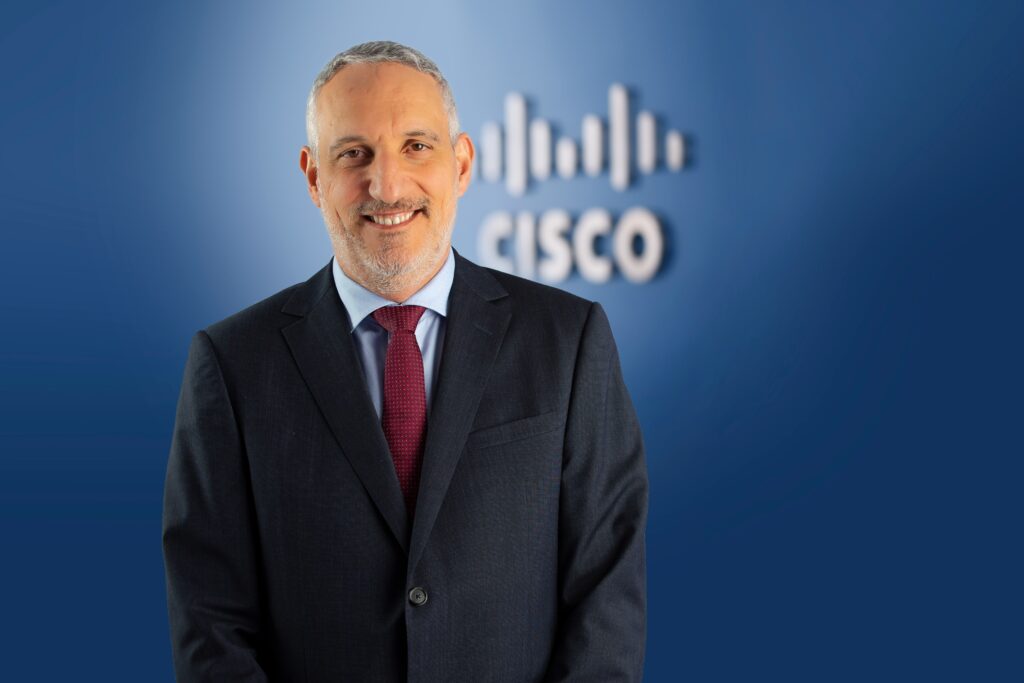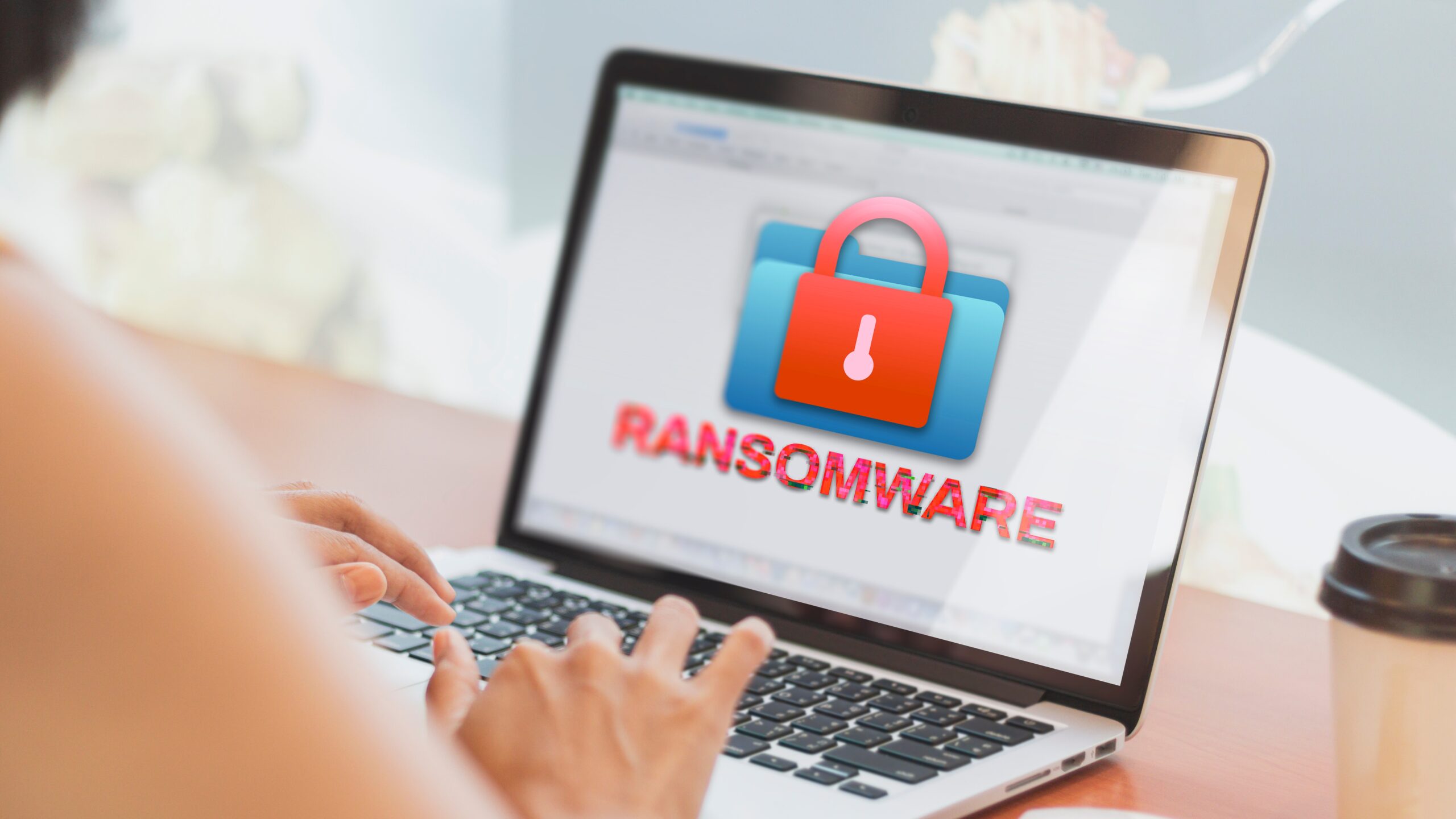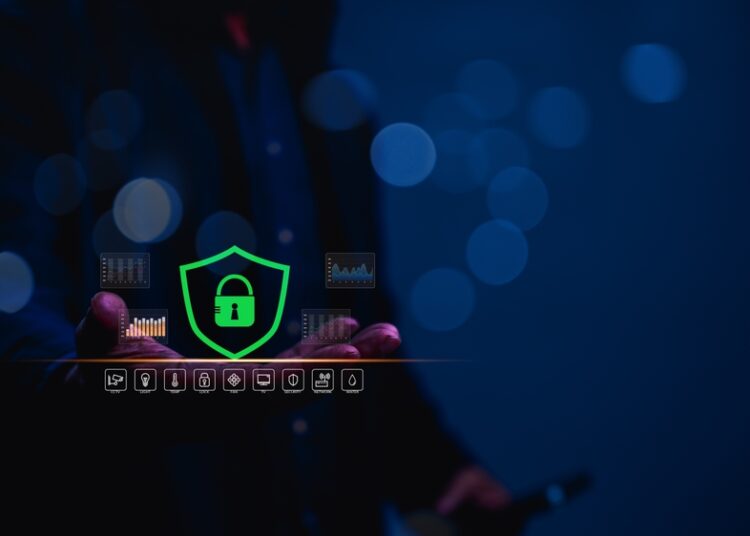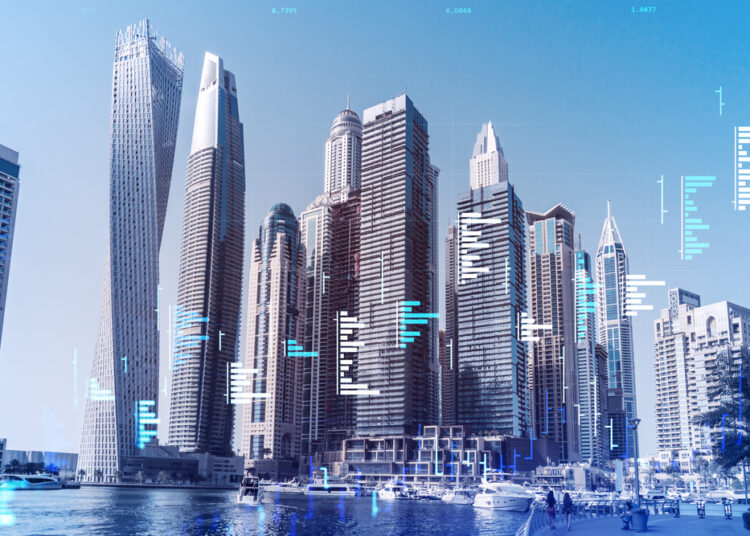December 2024 marks the 35th anniversary of ransomware and 20 years since modern criminal ransomware first emerged. Over these decades, ransomware has transformed from basic attacks to complex global crimes. This moment invites a reflection on its history and future implications.

Ransomware began in December 1989 with the AIDS Trojan, which encrypted file names and demanded payment via floppy disks. Its impact was limited due to technological constraints. By 1996, researchers predicted “cryptoviruses” that would use encryption for extortion, highlighting the importance of robust antivirus protection and regular data backups.
Rise of Criminal Ransomware
The first major ransomware attack, GPCode, appeared in 2004, targeting Russian users through malicious email attachments. Initially using weak encryption, attackers soon adopted secure public-key encryption, complicating decryption. Collecting payments was a challenge, as methods like bank transfers risked revealing attacker identities.
The advent of virtual currencies addressed this issue, enabling anonymous transactions. Cryptocurrencies like Bitcoin allow attackers to securely and anonymously collect payments. CryptoLocker, launched in 2013, was one of the first campaigns to successfully utilise Bitcoin, setting the stage for future operations.
Professionalisation of ransomware
With secure payment methods established, ransomware operations became professionalised. An ecosystem emerged, dividing tasks between developers, who created sophisticated malware, and affiliates, who distributed it via spam campaigns, botnets, or social engineering. This collaboration facilitated large-scale, efficient attacks.
In 2016, ransomware operators shifted their focus from individuals to institutions. The SamSam ransomware exemplified this by attacking organisational networks and demanding hefty ransoms. This strategy proved particularly lucrative in sectors like healthcare, where downtime could threaten lives, encouraging swift payments.
Current threat landscape
High-profile incidents, such as WannaCry in 2017, showcased ransomware’s destructive potential. WannaCry affected systems by encrypting files but was ineffective as a profit-making tool due to its inability to track payments. Similarly, 2017’s NotPetya, designed to wipe data, acted as destructive malware rather than true ransomware.
November 2019 saw the introduction of double extortion with Maze ransomware, which involved stealing data before encryption. This tactic pressured organisations to both decrypt files and prevent data leaks, adding reputational and regulatory risks to the victim’s burden.
Human and operational impact
Ransomware’s impact extends beyond financial losses, disrupting essential services and causing operational chaos. IT teams work under intense pressure to restore systems, risking burnout. For businesses, reputational damage and compliance penalties add to the long-term costs. These consequences highlight ransomware’s far-reaching effects.
Lessons learned and future preparations
The IT landscape has changed significantly since ransomware’s inception. Enhanced software engineering and faster patching cycles have reduced vulnerabilities. However, human error remains a major entry point, with password breaches and phishing used as prevalent attack vectors.
Despite challenges, there is optimism. Law enforcement has arrested major ransomware operators and dismantled their infrastructure. Advances in antivirus and endpoint protection have improved detection and response capabilities. In addition, modern systems can flag suspicious activities, like unauthorised encryption attempts.
The most effective defence remains robust offline backups, allowing data restoration without ransom payments. However, the ongoing threat of ransomware underlines the failure to widely adopt effective backup strategies.
Looking ahead
As cyber threats continue to escalate globally – especially with the AI revolution, the UAE faces unique challenges that necessitate robust defence mechanisms. The nation’s rapid technological advancements render it a prime target for cyberattacks.
The Cisco Cybersecurity Readiness Index for 2024 reveals that 65% of UAE organisations experienced a cybersecurity incident in the past year, while 85% believe that a security incident is likely to disrupt their business in the next 12 to 24 months.
Encouragingly, the findings indicate a significant increase in cybersecurity investment plans among UAE organisations. An impressive 99% of respondents are planning to boost their cybersecurity budgets in the upcoming year, and 68% intend to significantly upgrade their IT infrastructure to address security challenges within the next 12 to 24 months, according to the same Cisco Cybersecurity Readiness Index for 2024.
The UAE has gained global recognition for its proactive stance against cybercrimes and attacks. According to the Global Security Index 2024, released in September 2024, the nation ranks among the highest-tier countries. The UAE demonstrates a firm commitment to cybersecurity through its National Cybersecurity Strategy, the UAE Cybersecurity Council, and partnerships with global law enforcement entities, all aimed at safeguarding critical infrastructure against cybercrime.
In an advanced digital economy like that of the UAE, proactive measures—such as employee education, advanced endpoint protection, and offline backups—are essential for effective mitigation of cyber threats.










Discussion about this post